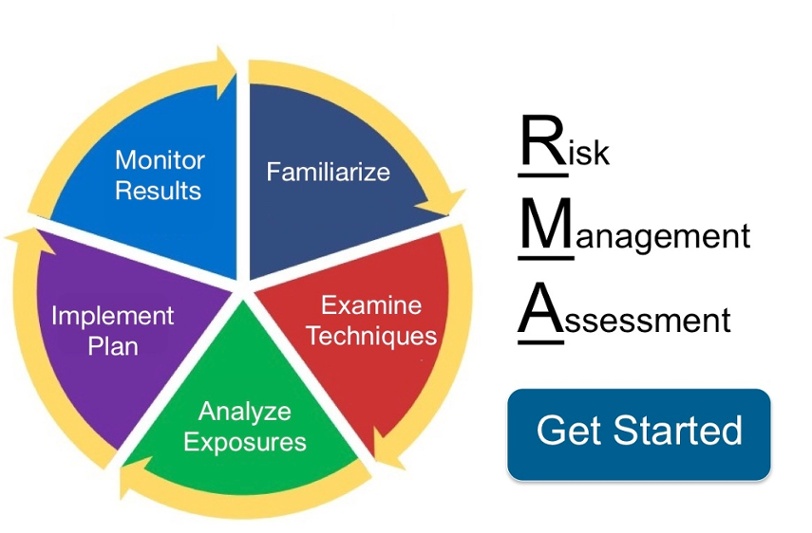
More than 80% of companies don’t manage risk effectively. Is yours one of them?
A 2014 survey by a non-profit business research firm found that fewer than 20 percent of executives say their companies effectively manage risk. Companies will often have a process in place to identify and monitor risks. But they fall short when it comes to actually implementing practices to manage those risks as part of the overall strategic plan.
Reasons for this shortcoming include lacking a dedicated internal risk management department and qualified risk management professionals in the existing talent pool.
If you don’t have a sound risk management program, your company is exposed to risk that could be detrimental to your bottom line and worse, your reputation.
Risk management is not just about purchasing insurance. It’s also about developing and implementing procedures to minimize your Total Cost of Risk. Below is a look at the scope of a robust risk management program.
The fundamental aspects of a risk management program:
1. Identification and analysis of business exposures that could result in a financial loss.
2. Analysis of the administration of the risk management function including the identification of a risk management workgroup, identification of procedures in place, and development of an intranet site available to employees.
3. Special projects related to property and liability insurance including collateral reviews and claim reviews.

4. Securing and reviewing property and liability insurance proposals and developing insurance specifications for future coverage placements.
5. Review of insurance policies, binders, and broker proposals to ensure consistency and accuracy of insurance programs along with broadening coverage to transfer more risk from the company .
6. Analyzing TCoR and measuring how changes in properties and operations affects it.
7. Monitoring changes in insurance coverages, terms, costs or insurers’ financial ratings and evaluating their impact.
8. Collaboration with attorneys and other professionals in preparing and analyzing agreements, contracts and leases.
9. Developing a strategy to manage the non-insurance risk transfers through an enterprise risk management (ERM) process.
10. Advising and assisting with claims that may occur under policies held by the organization.
Along with these ten critical risk management functions, risk managers assist you in determining adequate limits of liability and deductibles and identifying coverage deficiencies or overlaps where they may exist.
The role is also critical in helping an organization understand their Risk Appetite and Risk Tolerance – that is how much loss they can comfortably absorb in a single occurrence, and how much loss they are willing to absorb within a fiscal year.
How is your company managing its risk?

There are a number of key risk management functions that every company should be performing each year. Some firms hire a variety of different risk professionals in house. Others outsource the risk management function to consultants who provide transparency and objectivity in communicating with the c-suite executives about the company's risks.
Want to learn more about how to manage your company’s risk? Click below to download our customized Risk Management Assessment eBook.

)
